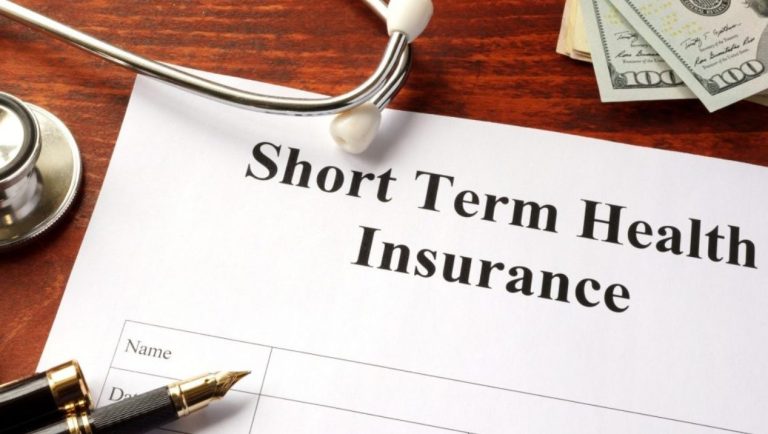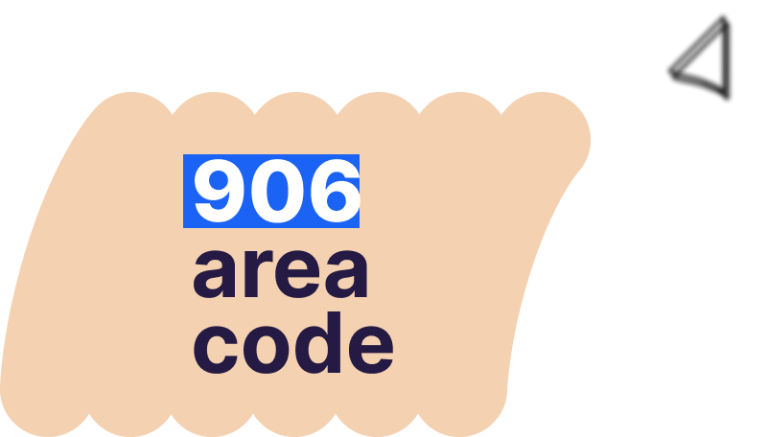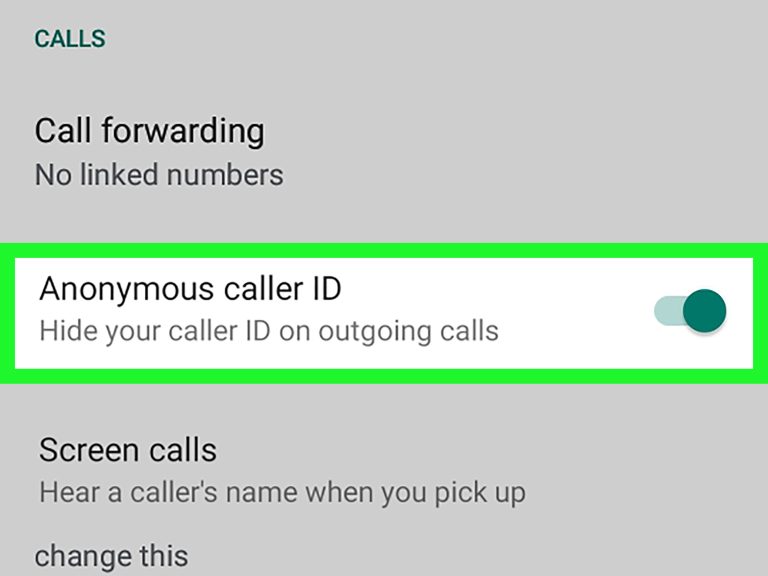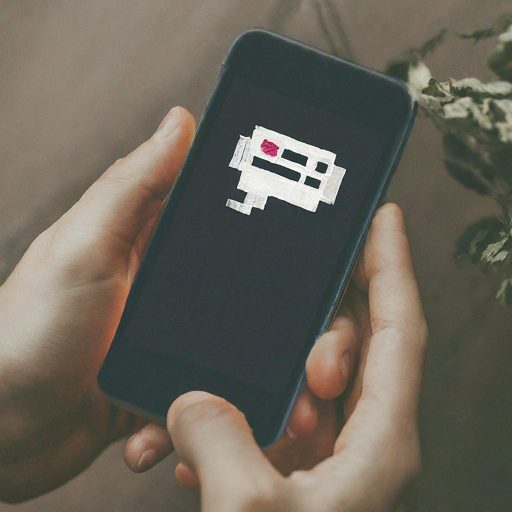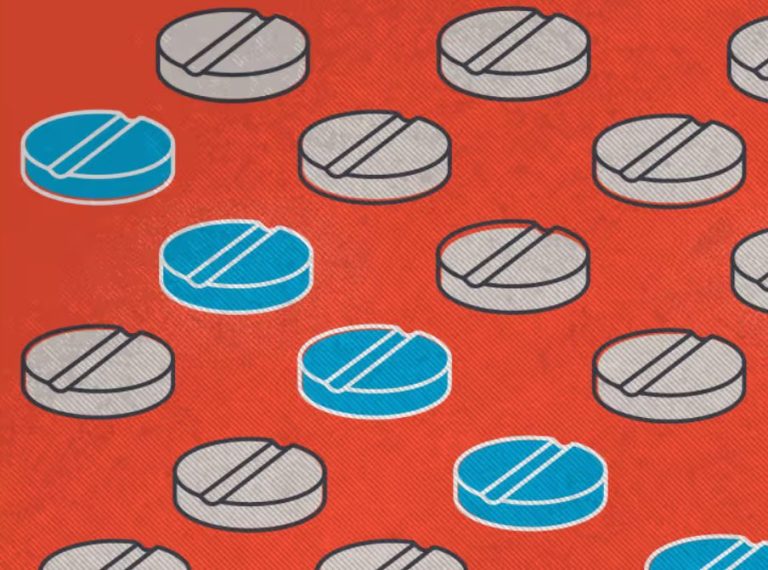Lesch-Nyhan syndrome (LNS) is a rare, inherited disorder that primarily affects males. It’s caused by a deficiency in the enzyme hypoxanthine-guanine phosphoribosyltransferase (HPRT), which leads to a buildup of uric acid in the body. This excess uric acid can cause a range of health problems, including:
- Neurological issues: These include involuntary movements, muscle stiffness, and self-injurious behaviors, such as biting and head banging.
- Kidney problems: Uric acid crystals can build up in the kidneys, leading to kidney stones and kidney failure.
- Gout: The buildup of uric acid can also cause gout, a painful form of arthritis.
While there is no cure for Lesch-Nyhan syndrome, treatment options are available to manage the symptoms and improve the quality of life for individuals with the condition.
Contents
Understanding the Genetics of Lesch-Nyhan Syndrome
Lesch-Nyhan syndrome is an X-linked recessive disorder, which means the gene responsible for the condition is located on the X chromosome. Males have one X and one Y chromosome, while females have two X chromosomes.
Since males only have one X chromosome, if they inherit the defective gene, they will develop Lesch-Nyhan syndrome. Females, on the other hand, have two X chromosomes, so even if they inherit one defective gene, they usually have a healthy copy of the gene on their other X chromosome to compensate.
This makes females carriers of Lesch-Nyhan syndrome, meaning they can pass the defective gene to their children, but they typically don’t develop the condition themselves.
The HPRT Enzyme and its Role in Lesch-Nyhan Syndrome
The HPRT enzyme plays a crucial role in recycling purines, which are building blocks of DNA and RNA. When HPRT is deficient, purines aren’t recycled properly, and instead, they’re broken down into uric acid. This leads to the buildup of uric acid in the body, which is the underlying cause of the various health problems associated with Lesch-Nyhan syndrome.
The Clinical Presentation of Lesch-Nyhan Syndrome
The symptoms of Lesch-Nyhan syndrome typically appear in infancy, usually between 3 and 6 months of age. The first signs often include:
- Delayed development: Infants with LNS may be slow to reach developmental milestones, such as sitting up, crawling, and walking.
- Muscle problems: Muscle stiffness and involuntary movements, such as writhing and jerking, are common.
- Self-injurious behaviors: The most striking and distressing symptom of LNS is self-injurious behavior, which can include biting the lips, fingers, and tongue, as well as head banging.
As the child grows older, other symptoms may develop, including:
- Kidney problems: Uric acid crystals can build up in the kidneys, leading to kidney stones and kidney failure.
- Gout: The buildup of uric acid can also cause gout, a painful form of arthritis.
- Cognitive impairment: Some individuals with LNS may have intellectual disability or learning difficulties.
The Challenges of Diagnosing Lesch-Nyhan Syndrome
Diagnosing Lesch-Nyhan syndrome can be challenging, especially in the early stages when the symptoms may be subtle or overlap with other conditions. However, a combination of clinical evaluation, family history, and laboratory tests can help confirm the diagnosis.
- Clinical evaluation: A thorough physical examination and assessment of the child’s development and behavior can provide valuable clues.
- Family history: A family history of LNS or unexplained infant deaths in males can raise suspicion for the condition.
- Laboratory tests: Measuring uric acid levels in the blood and urine can be helpful, but the definitive test is measuring HPRT enzyme activity in blood cells or skin fibroblasts. Genetic testing can also be used to identify the specific mutation in the HPRT gene.
Managing the Symptoms of Lesch-Nyhan Syndrome
While there’s no cure for Lesch-Nyhan syndrome, several treatment options are available to manage the symptoms and improve the quality of life for individuals with the condition.
- Medications: Allopurinol is commonly used to reduce uric acid levels and prevent kidney problems and gout. Other medications may be used to manage involuntary movements, muscle stiffness, and behavioral problems.
- Physical therapy: Physical therapy can help improve muscle strength, flexibility, and coordination, and may also help manage involuntary movements.
- Occupational therapy: Occupational therapy can help individuals with LNS develop skills for daily living and self-care.
- Behavioral therapy: Behavioral therapy can be helpful in managing self-injurious behaviors and other challenging behaviors.
- Protective measures: Restraints and protective gear may be necessary to prevent self-injury.
The Impact of Lesch-Nyhan Syndrome on Families
Lesch-Nyhan syndrome can have a profound impact on families, both emotionally and practically. Caring for a child with LNS can be physically and emotionally demanding, and families may need support from healthcare professionals, social workers, and other families facing similar challenges.
Support groups and online communities can provide a valuable source of information, emotional support, and practical advice for families affected by Lesch-Nyhan syndrome.
Research and Future Directions in Lesch-Nyhan Syndrome

Researchers are actively investigating the underlying mechanisms of Lesch-Nyhan syndrome and exploring potential new treatment options.
- Gene therapy: Gene therapy, which involves replacing the defective HPRT gene with a healthy copy, is a promising area of research.
- Stem cell therapy: Stem cell therapy, which involves transplanting healthy stem cells into the body, is another potential avenue for treatment.
- New medications: Researchers are also working to develop new medications to manage the symptoms of LNS more effectively.
Conclusion
Lesch-Nyhan syndrome is a rare and challenging disorder, but with proper management and support, individuals with LNS can lead fulfilling lives. Continued research offers hope for new and improved treatment options in the future.
Read More: The Last ZIP Code in the USA: A Journey to the Edge of the Postal Grid


